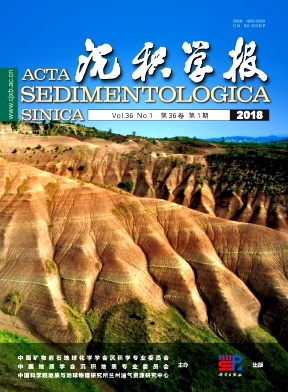Discussion on Evolution of Bar in Sandy Braided River: Insights from sediment numerical simulation and modern bar
doi: 10.3969/j.issn.1000-0550.2018.010
- Received Date: 2016-12-12
- Rev Recd Date: 2017-03-22
- Publish Date: 2018-02-10
-
Key words:
- sandy braided river /
- sediment numerical simulation /
- bar /
- braided channel /
- evolution
Abstract: The sandy braided rivers are widely distributed in the continental facies basin and the bar is important as a sedimentary unit. Domestic and overseas scholars have done researches based on the reservoirs, outcrop and modern sediments. However, no pattern of bar evolution has been built and the influence of braided channel on bar has not been clarified. Therefore, the paper uses the sediment numerical simulation to reproduce the evolution of bar, and verify through modern sediments, and finally build the pattern of bar evolution. The research shows that, firstly, the bar evolution can be divided into three stage, including the formation, growth and migration of the bar, lateral migration of the bar and the formation bar tail which lead to compound bar. Secondly, the head of the bar is eroded by the braided channel, which leads bar migration to downstream. As evolution time goes on, migration rate reduces gradually, and then the bar stabilizes on the position. Thirdly, because of the asymmetry of braided channel, sediment deposits on one side and sediment erodes on another side of the bar. The bar migrates laterally. At last, the sediment deposits on the tail of the bar and the bar tail formed. The length of the bar tail reveals the discharge of channel. The larger the discharge of channel is, the longer bar tail is. The elongation of bar tail induces the closure the braided channel and forms compound bar.
| Citation: | ZHANG Ke, WU ShengHe, FENG WenJie, ZHENG DingYe, YU Chen, LIU ZhaoWei. Discussion on Evolution of Bar in Sandy Braided River: Insights from sediment numerical simulation and modern bar[J]. Acta Sedimentologica Sinica, 2018, 36(1): 81-91. doi: 10.3969/j.issn.1000-0550.2018.010 |






 DownLoad:
DownLoad: